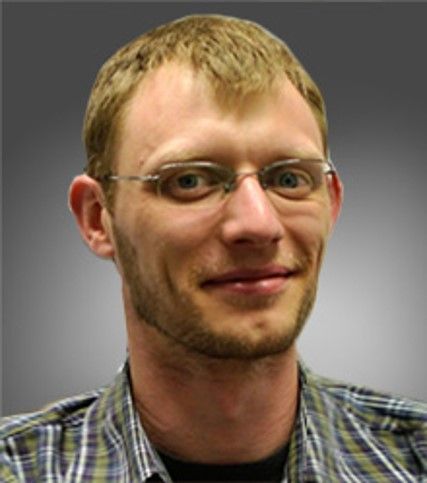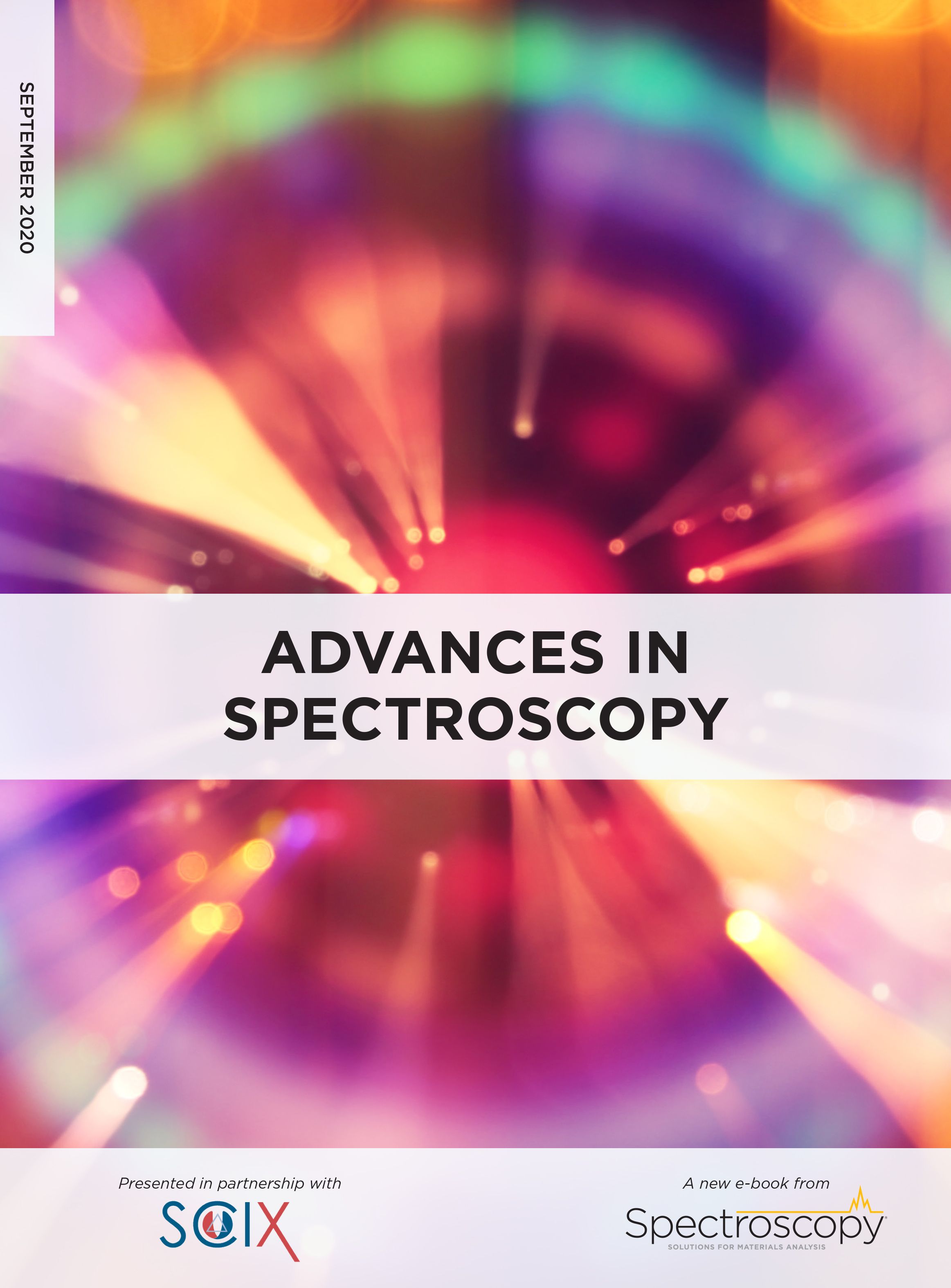Laser-Induced Breakdown Spectroscopy
Laser-induced breakdown spectroscopy (LIBS) is principally an elemental analytical approach. It relies on the sampling and excitation of the material by a laser pulse. The excitation is sustained by the laser-induced plasma, and the emission of each element provides the spectral fingerprint we rely on to identify and quantify it.
LIBS benefits from the unique features of laser ablation (LA) and the accessibility of optical emission spectroscopy (OES). Given that sampling is controlled by the laser– matter interaction, sampling can be designed to attain micrometer resolution, and still obtain an analytical signal from the plasma. Given that the excitation medium is a plasma, it can be controlled (although not necessarily) by the background gas and the ablation chamber. Finally, the OES from such a short-lived plasma does not suffer from as much interference from atmospheric dimers as a signal from a torch plasma would. OES also allows much more freedom in the choice of the analyte signal than a mass spectrum would, circumventing interferences with ease.
LIBS has increasingly been used in many fields for imaging or for field applications when elemental information is required. Its main advantages result from the fact that the sampling is done by laser ablation, allowing both elemental analysis and chemical mapping, as well as emission spectroscopy, making it possible to exploit the technological miniaturization of spectrometers.
LIBS provides important chemical information in quasi-real time, and is very versatile, capable of detecting both major and minor elements in the sample. New approaches using LIBS provide protocols for the analysis of halogens via molecular emission in the plasma that are easier to accomplish than mass spectrometry methods for such analyses.
I have explored and contributed to the development of LIBS for 15 years, ever since I used LIBS for microbiological applications during my MS internship. After having explored many applications throughout these years, I have settled on two main areas of focus for my forensic research portfolio: the forensic analysis of rubber (tire forensics), and the development of matrix-matched standards for the analysis of hard biological materials (forensic anthropology). This focus is motivated both by the needs in forensic analysis but also by the interesting challenges these two applications pose.
Rubber is a very tricky material for analytical laser ablation. Because rubber is highly susceptible to melting, it is usually hard to ablate it efficiently and get a good elemental signature from it. But LIBS offers a unique approach to perform elemental analysis of the overall organic matrix of rubber, as well as the vulcanization agents it may contain, such as sulfur and various metals. This capability enables the analysis of few micrograms of tire skid mark material and a search for its provenance. We have shown that, by conducting elemental analysis with LIBS, it is possible to classify tire chemistry and origin; we now are expanding our research to describe a full analytical approach from crime scene collection to statistical decision making.
Forensic anthropology has typically relied on X-ray fluorescence (XRF) for elemental analysis in the field as well as in the laboratory. LIBS, however, can provide so much more, thanks to its efficiency. For example, it can provide information about low-Z elements beyond C, N, and O; hydrogen, lithium, and boron can now be easily detected. But elemental trace analysis requires reliable standards. And, just as XRF is matrix-sensitive, LIBS analysis of bones, hair, and teeth cannot rely on compressed standard powders. This is why my research group is working to develop such standards for hard biological materials. Our research has succeeded in the creation of elemental standards for the analysis of hair, teeth, and fingernails. We are also now exploring new approaches for more reliable standards and a wider breadth of applications such as medical analysis and bio-archaeology.
The LIBS community has known me with multiple hats: from an impulsive graduate student working on bacteria analysis and polymer laser ablation in a physics department, to a research scientist then faculty member focusing on defense applications of LIBS within the UCF College of Optics, to a cheerful member of the chemistry faculty establishing his own research in the National Center for Forensic Science at UCF. Every time, I have found challenges and motivation to develop new approaches for the main goal of what LIBS is for: quantitative analytical science.
Dedicating my research to analytical spectroscopy and its applications, I have always mixed all the evolving knowledge I could find from physics, chemistry, optics, engineering, data science, material development, and more. It is this sense of connection and the “multilingual” blend of all this knowledge that keeps me excited and passionate about LIBS. Laser technology keeps providing better tools for us as LIBS spectrometers become more popular, and better optics get integrated into instruments. Data analysis becomes more and more powerful, and can take into account the highly non-linear aspects of LIBS. Now, discovering the potential of material science for quantitative analysis, I feel like a DJ in a record store: Every single track, whatever the genre, can have a jewel sample, and we have the potential to put these pieces together to form a masterpiece. This is what makes me passionate about LIBS— the opportunity to put many pieces together to solve analytical problems.
Matthieu Baudelet is an associate professor at the National Center for Forensic Science and the Chemistry Department, at University of Central Florida, in Orlando, Florida.


Laser Ablation Molecular Isotopic Spectrometry: A New Dimension of LIBS
July 5th 2012Part of a new podcast series presented in collaboration with the Federation of Analytical Chemistry and Spectroscopy Societies (FACSS), in connection with SciX 2012 — the Great Scientific Exchange, the North American conference (39th Annual) of FACSS.